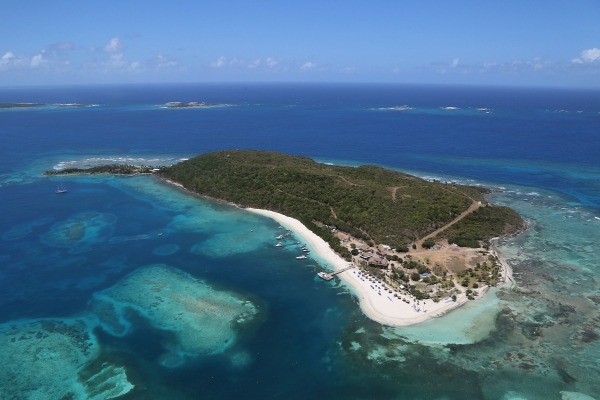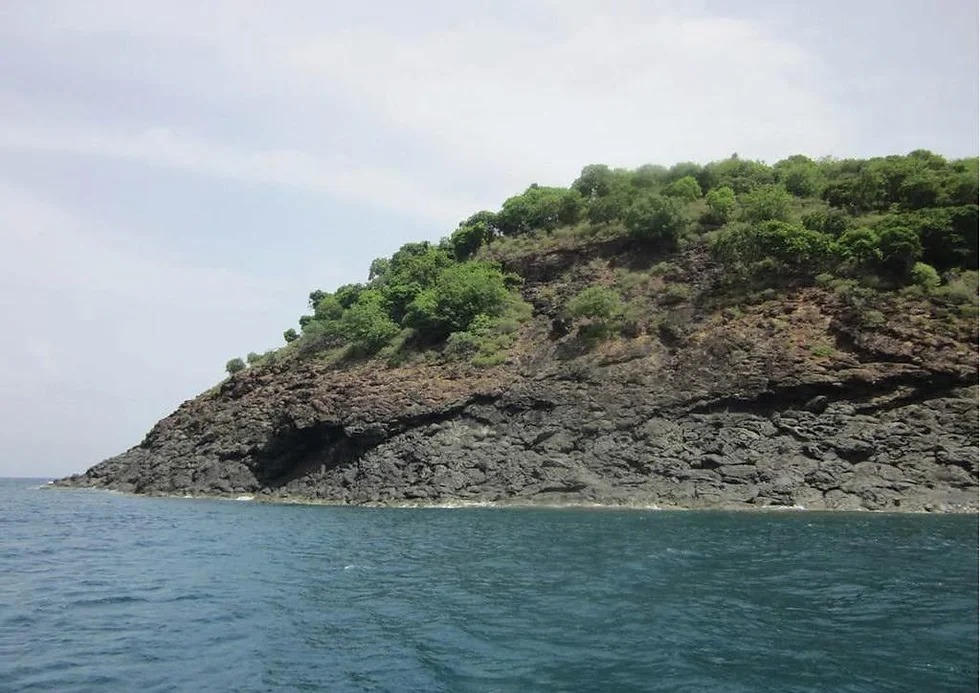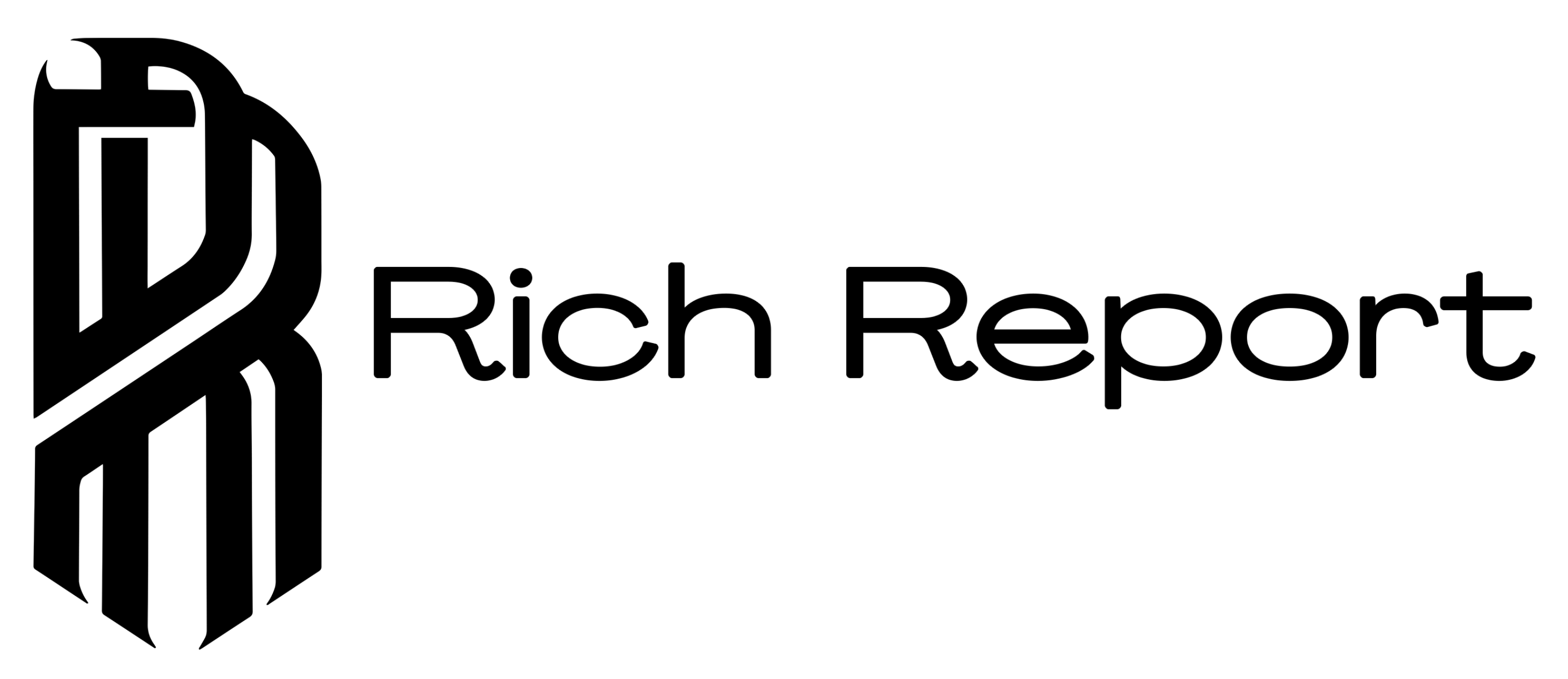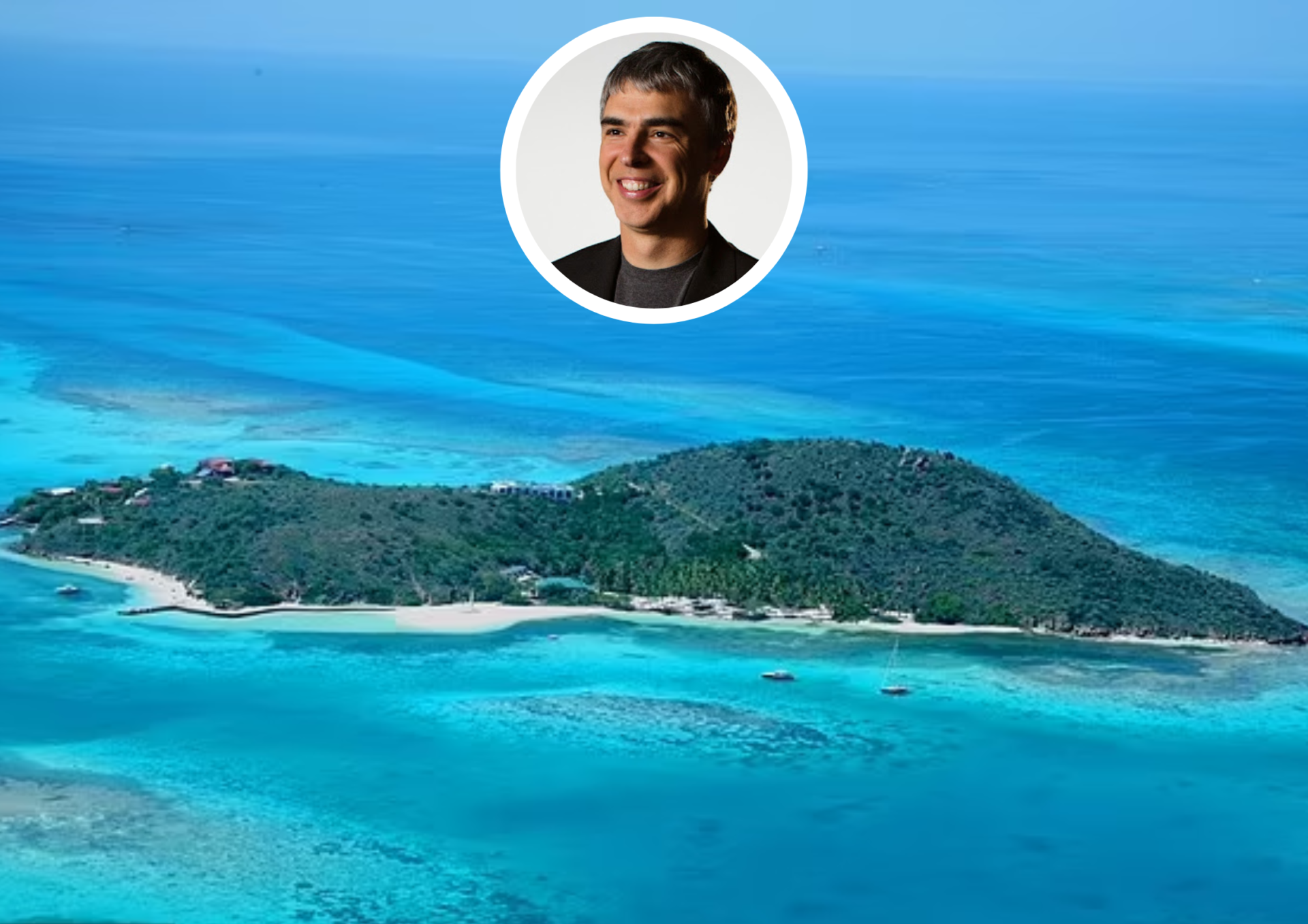Larry Page, the tech billionaire and co-founder of Google, appears to be on a mission to acquire a significant portion of the world’s private islands, as evidenced by his discreet purchase of the 300-acre Cayo Norte in Puerto Rico. Unveiled by Business Insider, Page utilized the LLC named U.S. Virgin Island Properties to acquire this expansive property in 2018, forking out an impressive $32 million. The transaction encompassed the acquisition of a larger parcel for $28.7 million and a smaller plot for $3.4 million, rendering Cayo Norte the most substantial privately owned isle in Puerto Rico.

Despite the acquisition taking place six years ago, there has been a conspicuous absence of development applications submitted by Page for Cayo Norte. Richard Gautier, the director of Culebra’s territorial planning office, disclosed this information to Business Insider. Locals, however, have reported activities surrounding the island, particularly sightings of individuals employing electric-powered surfboards, commonly known as hydrofoils. This water sport has gained popularity among tech luminaries such as Larry Page, Mark Zuckerberg, and Larry Ellison.
Mary Ann Lucking, director of CORALations, a nonprofit organization dedicated to coral reef conservation, expressed a hopeful sentiment about Page’s intentions for Cayo Norte. She articulated a desire for the island not to become an investment property slated for development that could compromise its natural state. Instead, the hope is that Cayo Norte can be preserved, ideally with the protective backdrop of the north coast of the neighboring island, Culebra.

Page’s strategic acquisition of Cayo Norte underscores a growing trend among tech industry giants, who increasingly show interest in private islands as exclusive retreats. The lack of development proposals for the property leaves room for speculation about Larry Page’s vision for Cayo Norte. Observers and conservationists alike remain cautiously optimistic, emphasizing the importance of maintaining the ecological integrity of these pristine island environments.
As the narrative unfolds around Larry Page’s private island portfolio, the broader conversation shifts towards the responsibility of affluent individuals in preserving natural habitats and the potential impact of their acquisitions on local ecosystems. The fate of Cayo Norte hangs in the balance, with many stakeholders hoping for a preservation-oriented approach that aligns with the growing global emphasis on environmental conservation.




